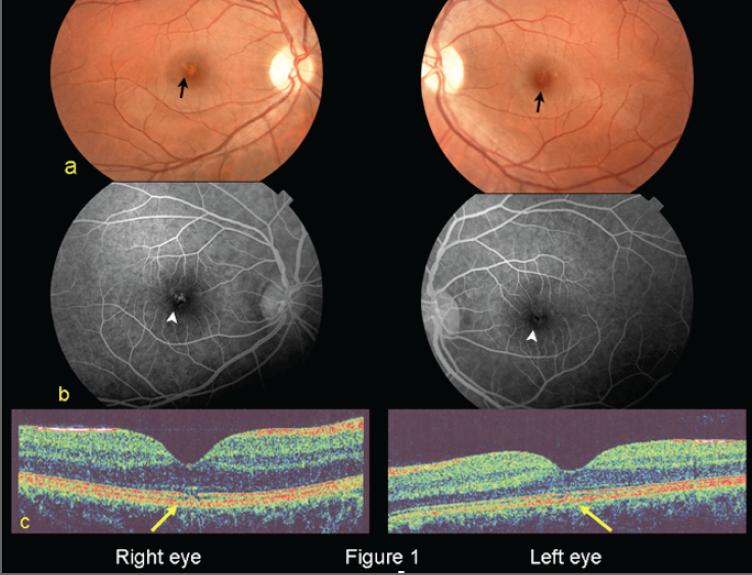Your mother was right: you can put your eye out with that thing
Doctors in this week’s British Medical Journal are warning about the use of high-powered handheld laser pointers after treating a young patient with serious eye injuries.
Doctors in this week’s British Medical Journal are warning about the use of high-powered handheld laser pointers after treating a young patient with serious eye injuries.
Dr Kimia Ziahosseini and colleagues from the Royal Liverpool University Hospital and Manchester Royal Eye Hospital describe the case of a teenager who presented with central scotomas (dark spots) after he bought a green diode laser pointer over the Internet and shone the laser beam into his eyes while playing with it.

His visual acuity was poor and tests revealed burns to the surface of the eye and disturbances to the retina, the light-sensitive tissue at the back of the eye. Two months later, his visual acuity improved but some retinal damage remained.
The authors warn that, although lasers may cause only a transient afterimage, they can lead to permanent retinal damage and visual loss in later years.
The U.K. Health Protection Agency has received no previous reports of such injury from laser pointers, they write. It advises that laser products sold to the general public for use as laser pointers should be restricted to devices with laser power less than 1 mW, in accordance with the British Standard, and be accompanied by sufficient information on their safe operation.
Emerging AI Algorithm Shows Promise for Abbreviated Breast MRI in Multicenter Study
April 25th 2025An artificial intelligence algorithm for dynamic contrast-enhanced breast MRI offered a 93.9 percent AUC for breast cancer detection, and a 92.3 percent sensitivity in BI-RADS 3 cases, according to new research presented at the Society for Breast Imaging (SBI) conference.
The Reading Room Podcast: Current Perspectives on the Updated Appropriate Use Criteria for Brain PET
March 18th 2025In a new podcast, Satoshi Minoshima, M.D., Ph.D., and James Williams, Ph.D., share their insights on the recently updated appropriate use criteria for amyloid PET and tau PET in patients with mild cognitive impairment.
Can Abbreviated Breast MRI Have an Impact in Assessing Post-Neoadjuvant Chemotherapy Response?
April 24th 2025New research presented at the Society for Breast Imaging (SBI) conference suggests that abbreviated MRI is comparable to full MRI in assessing pathologic complete response to neoadjuvant chemotherapy for breast cancer.
Clarius Mobile Health Unveils Anterior Knee Feature for Handheld Ultrasound
April 23rd 2025The T-Mode Anterior Knee feature reportedly offers a combination of automated segmentation and real-time conversion of grayscale ultrasound images into color-coded visuals that bolster understanding for novice ultrasound users.